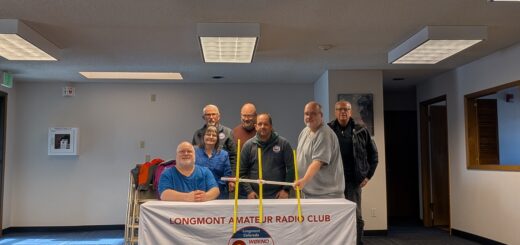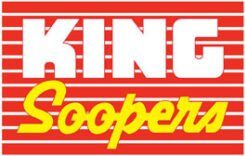Amateur Radio vs. Cell vs. FRS vs. GMRS vs. CB
Here’s a breakdown of the differences between Cell Phones, Amateur Radio, FRS, GMRS, and CB, including their general operating ranges.
1. Cell Phones
- Frequency Range: Varies by carrier (800 MHz to 2.5 GHz)
- Licensing: No license required (service provider subscription needed)
- Usage: Voice, text, and data communication via cellular networks
- Range: 1-30 miles, depending on tower coverage
- Pros:
- Reliable in areas with good network coverage
- Supports high-quality voice, text, and internet services
- Cons:
- Requires a cellular network to function
- May not work in remote areas or during network outages
2. Amateur Radio (Ham Radio)
- Frequency Range: VHF (144-148 MHz), UHF (420-450 MHz), and HF (1.8-30 MHz)
- Licensing: FCC license required (Technician, General, Extra)
- Usage: Emergency communication, hobbyist use, long-range contacts
- Range: 1-100+ miles (or worldwide via HF bands and repeater systems)
- Pros:
- Can communicate worldwide on HF bands
- Works in remote areas without reliance on infrastructure
- Cons:
- Requires licensing and training
- Equipment can be costly and complex
3. Family Radio Service (FRS)
- Frequency Range: 462-467 MHz (UHF)
- Licensing: No license required
- Usage: Short-range communication for families, businesses, and outdoor activities
- Range: 0.5-2 miles (up to 5 miles in ideal conditions)
- Pros:
- Inexpensive and easy to use
- No licensing required
- Cons:
- Limited power (maximum 2 watts)
- Interference in busy areas
4. General Mobile Radio Service (GMRS)
- Frequency Range: 462-467 MHz (UHF)
- Licensing: FCC license required (no exam, just a fee)
- Usage: Personal and family communication, emergency use
- Range: 1-5 miles handheld, 5-25 miles with mobile/base stations and repeaters
- Pros:
- Higher power (up to 50 watts) than FRS
- Can use repeaters for extended range
- Cons:
- License required
- Can experience congestion in urban areas
5. Citizens Band Radio (CB Radio)
- Frequency Range: 27 MHz (HF)
- Licensing: No license required
- Usage: Truckers, off-roaders, emergency communication
- Range: 1-5 miles (handheld), 5-20 miles (mobile/base station)
- Pros:
- No license needed
- Works well in rural and off-road conditions
- Cons:
- Lower power (4 watts AM, 12 watts SSB)
- Interference and noise on busy channels
Comparison Summary
| Service | Frequency | License? | Range | Best Use |
|---|---|---|---|---|
| Cell Phones | 800 MHz – 2.5 GHz | No | 1-30 miles (depends on towers) | General communication, data |
| Amateur Radio | VHF/UHF/HF | Yes | 1-100+ miles (worldwide on HF) | Hobby, emergency, long-range |
| FRS | 462-467 MHz (UHF) | No | 0.5-5 miles | Short-range personal use |
| GMRS | 462-467 MHz (UHF) | Yes | 1-25 miles (repeaters extend range) | Family, outdoor, emergency |
| CB Radio | 27 MHz (HF) | No | 1-20 miles | Trucking, off-road, rural |
Final Thoughts
- Use cell phones for everyday communication, but they are limited by network availability.
- Use Ham Radio for emergency, long-range, or hobbyist communication—requires a license.
- Use FRS for simple, short-distance, unlicensed communication.
- Use GMRS for better range and repeater capability, but requires a license.
- Use CB radio for truckers, off-roaders, and situations where UHF/VHF signals might be blocked.

















 The Custom Facebook Feed plugin
The Custom Facebook Feed plugin